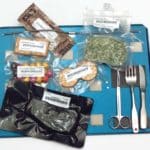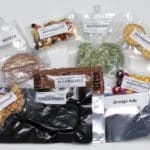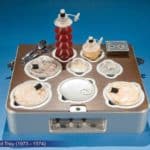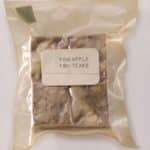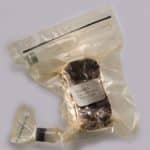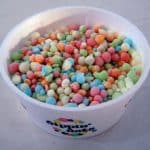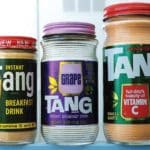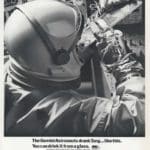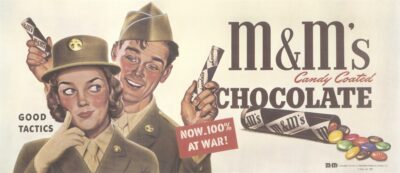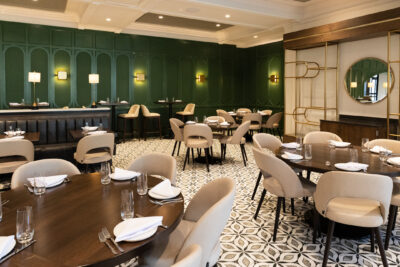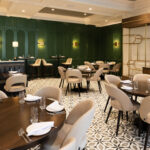A brief and mostly gross history of zero-gravity grub
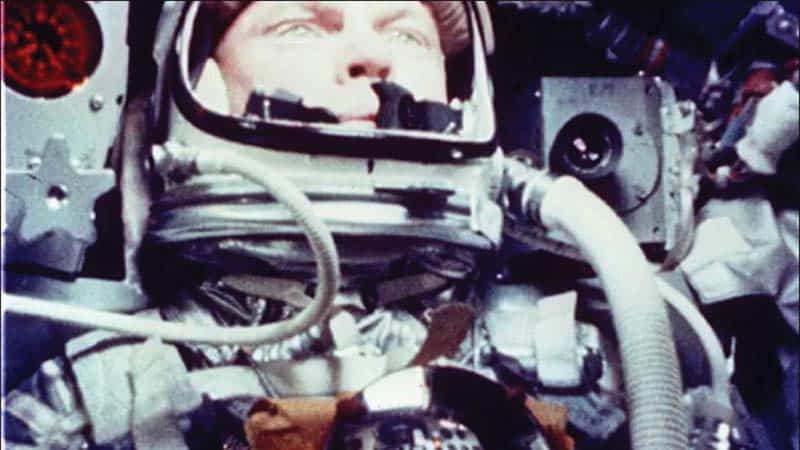
Filling the void in your stomach while floating around the inky black void of space is no simple task. For reasons known to rocket scientists but somehow lost on this writer, the foods we eat while enjoying Earth’s favorable atmosphere and gravity could very well become deadly projectiles while in a space station, in a lunar lander or anywhere else astronauts spend their zero-gravity time.
Thankfully, some of the smartest minds in the universe have made it their mission to figure out what foods are safe for space feasting and how exactly we can consume such fare without triggering a cosmological incident.
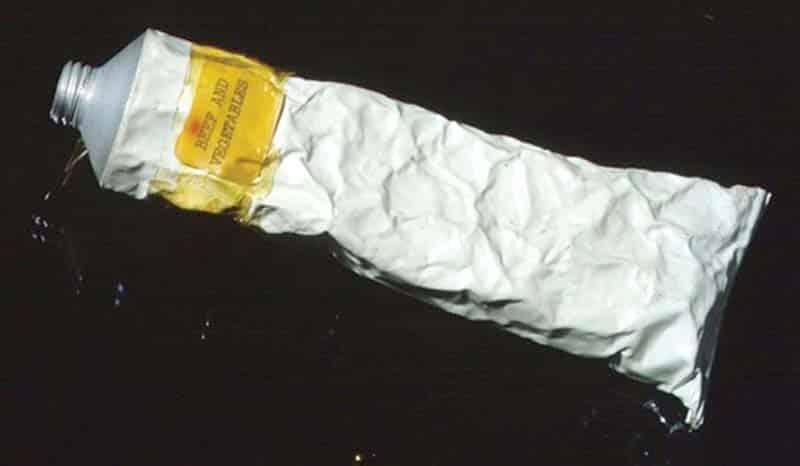
That’s One Small Nibble For Man, One Giant Bite For Mankind
According to the Smithsonian National Air and Space Museum, astronaut John Glenn was the first American to eat in space during the Mercury space program. It happened while he was aboard Friendship 7 in 1962 and his meal (if you can call it that) consisted of tube-packed applesauce, along with xylose sugar tablets and water. Yum. At the time, no one knew exactly what would happen if the human body attempted to digest food in space—so feel free to add another layer of heroism to Glenn’s résumé.
Space food in the early 1960s was based mostly around army survival rations, which included a lot of puréed food in tubes, sucked through a straw. But it wasn’t just applesauce, as puréed concoctions of beef and vegetables were also “enjoyed” by early space travelers.
Deep Space Freeze
NASA’s second manned-space mission, Gemini, saw some advancements in space grub. Dehydrated, freeze-dried and vacuum-packed foods introduced a new way for astronauts to get their allotted 2,500 calories per day in space. Usually consisting of bite-sized morsels, these freeze-dried foods were coated in gelatin to prevent crumbs from clogging the ship’s instruments and causing a space catastrophe.
A typical Gemini meal included a beef sandwich, strawberry cereal cubes, peaches and gravy-packed beef cubes. Water guns were used to reconstitute the food into something at least resembling an edible product. The one (only one?) drawback was cold water was used to rehydrate the food, meaning all meals on Gemini—including the beef cubes—had to be eaten at frigid temperatures.
Apollo Ate
With Apollo, a hot water gun was introduced so the astronauts could get a (sorta) hot meal while on a mission. And in one of the greatest cosmo-based culinary advancements in history, Apollo 8 astronauts, on Christmas Eve in 1969, opened their meal packages to discover thermo-stabilized turkey with gravy and cranberry sauce—this meal did not require rehydrating and could be simply eaten with a spoon. Sweet land of liberty.
Meanwhile, the spacesuits for the Apollo 13 astronauts were adorned with built-in canteens that would enable the crew members to drink while they walked on the moon. Of course, thanks to Tom Hanks and company, we know that the Apollo 13 astronauts never actually made it to the moon and thus never got to use these handy space sippys.

They Put A Meal On The Moon
When American astronauts landed on the moon in August 1969, it was considered one of the greatest technological achievements in human history—it was also considered one of the sickest burns ever and it was directed squarely at the Russians (ya burnt).
But what seems to have been lost to history is exactly what Neil Armstrong and Buzz Aldrin (and Michael Collins, I guess?) ate when they walked on the lunar surface. Thanks to Smithsonian Magazine, we finally have a definitive answer to that pressing question. It was bacon. Yes, bacon. When the lunar module was readied for its mission to the moon, bacon cubes were one of the first meals stored in the cabin. And as it happened, meal A, the first one scheduled to be eaten after the moon landing, consisted of sugar cookie cubes, pineapple grapefruit drink, coffee and bacon cubes. Indeed, the sea of tranquility was the first site of America’s never-ending bacon fad.
Space Oddities
One of the foods most closely associated with space cowboys isn’t a food at all, but rather, a beverage. Tang—an orange dust that becomes a drink when mixed with water—was used to make water aboard space missions drinkable, as apparently the onboard life support system water boasted a chemical aftertaste. Tang fixed that problem, for the most part. Years after he retired from space missions, noted moonwalker and famous curmudgeon Buzz Aldrin declared to the gossip site TMZ in 2013 that “Tang sucks.” Never change, Buzz.
Then, there’s Dippin’ Dots. This fraud of a product has been declared as “the ice cream of the future” since it debuted in 1988. These liquid-nitrogen dosed mini ice cream balls first found fame in 1992 at the Kennedy Space Center, which is probably why they are associated with space travel. However, according to (somewhat) extensive Internet research, Dippin’ Dots have never left Earth’s atmosphere.
Modern Meals In Orbit
The advancement of science and technology means that astronauts may never have to suffer cold, gelatinous beef cubes ever again. These days, it’s actually possible to cook in space, as the International Space Station actually boasts a galley where astronauts can cook tacos, cookies and more in zero gravity. I can hear Buzz Aldrin grumbling from light years away.

